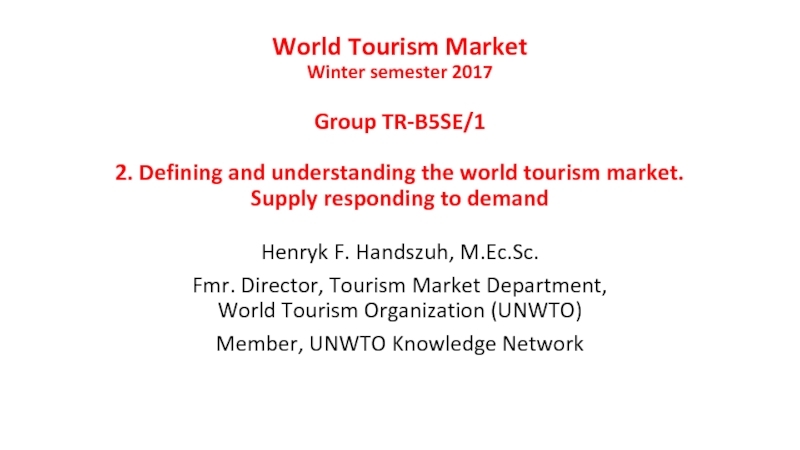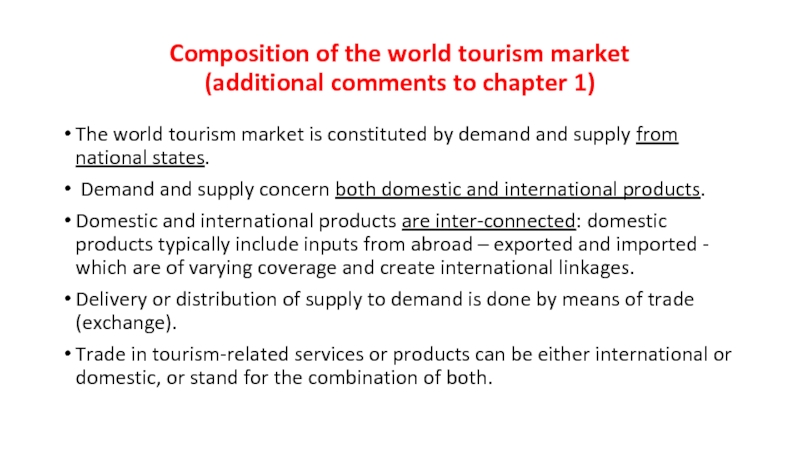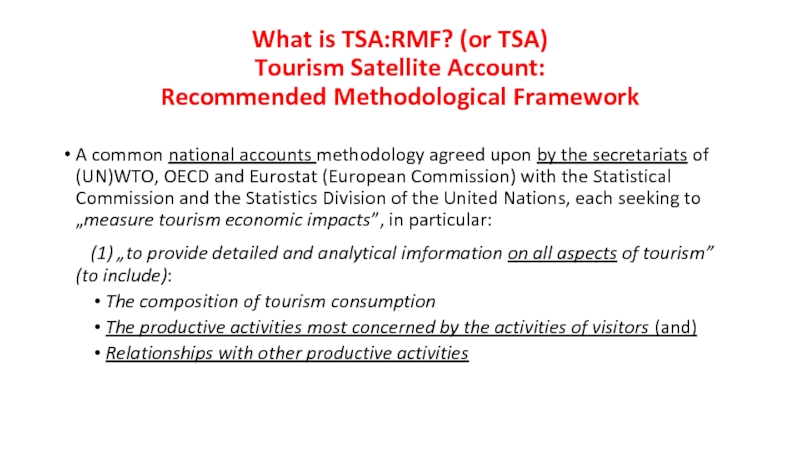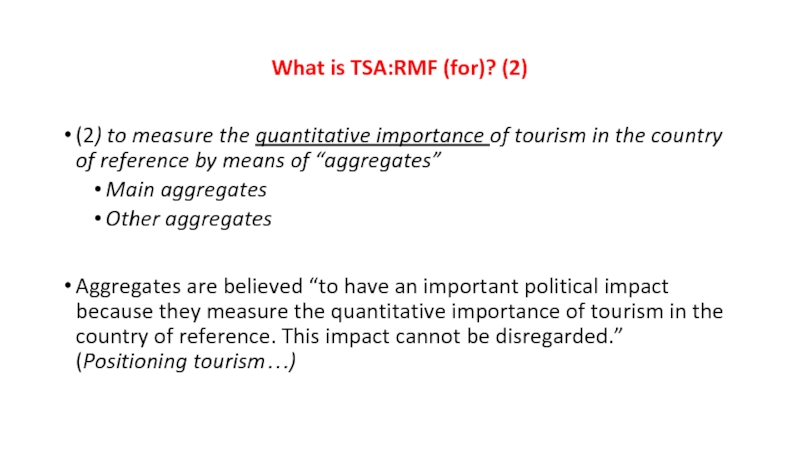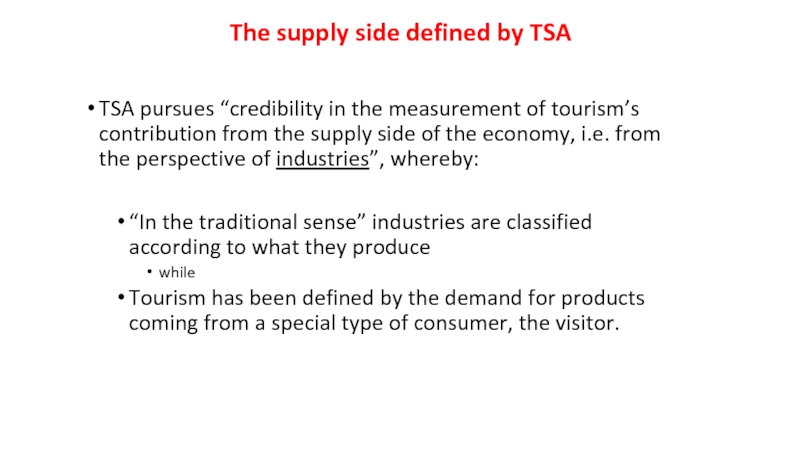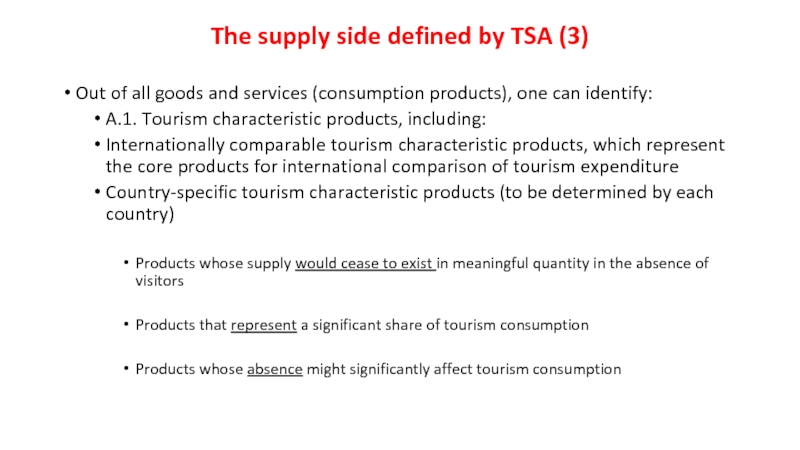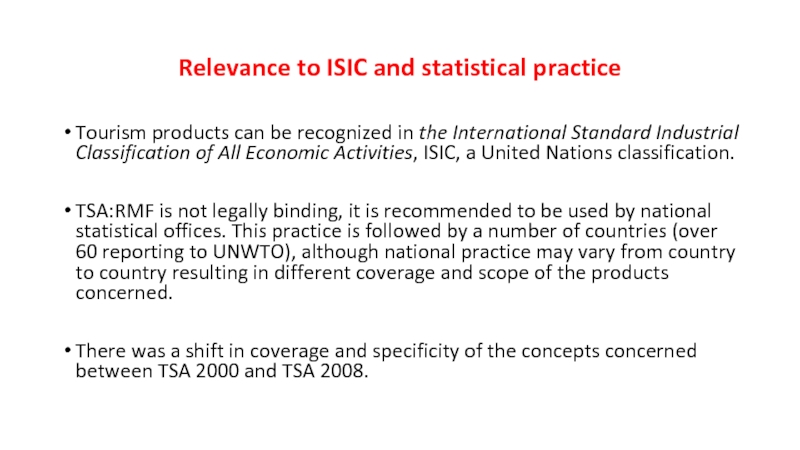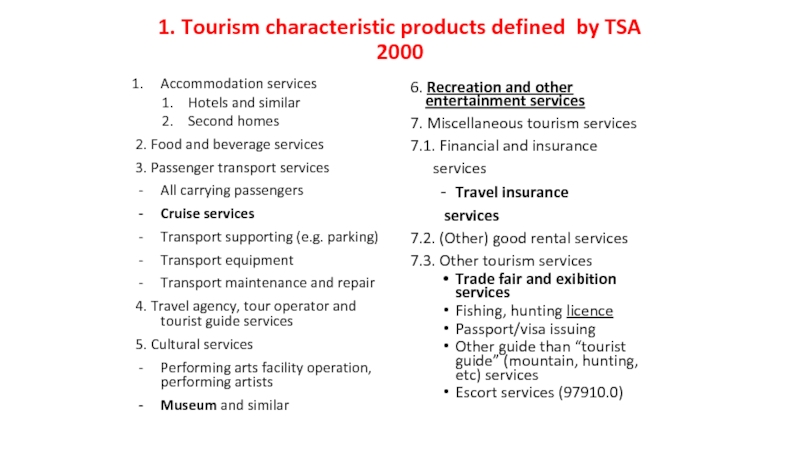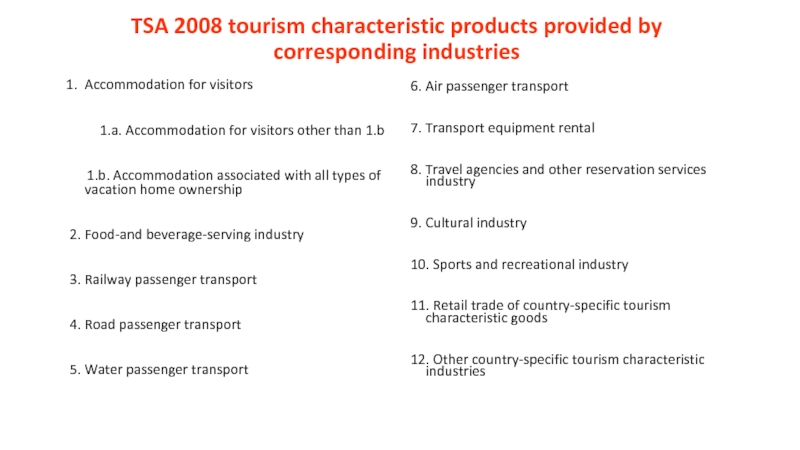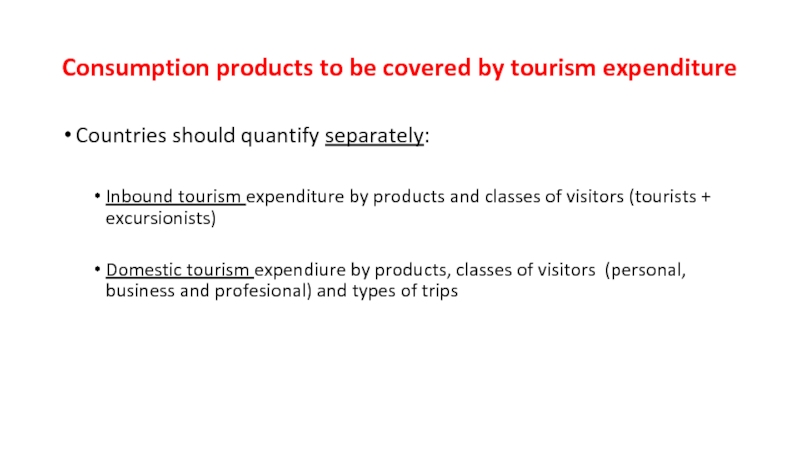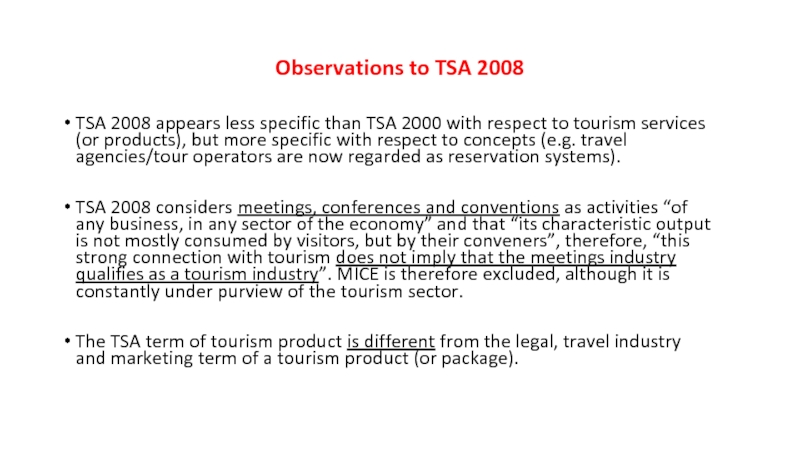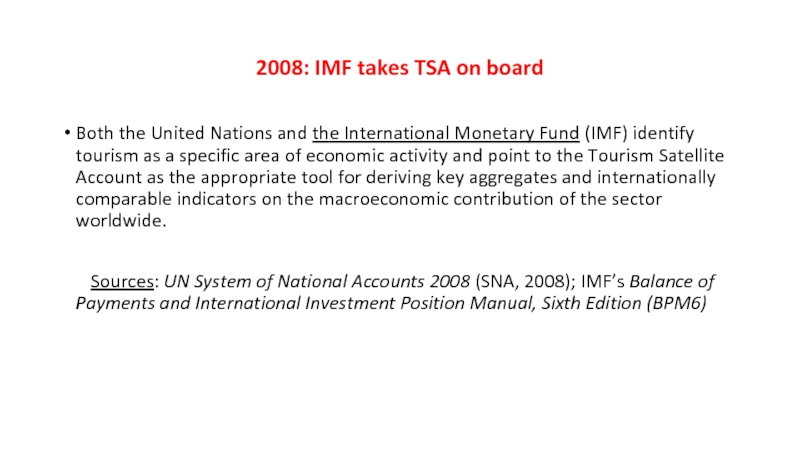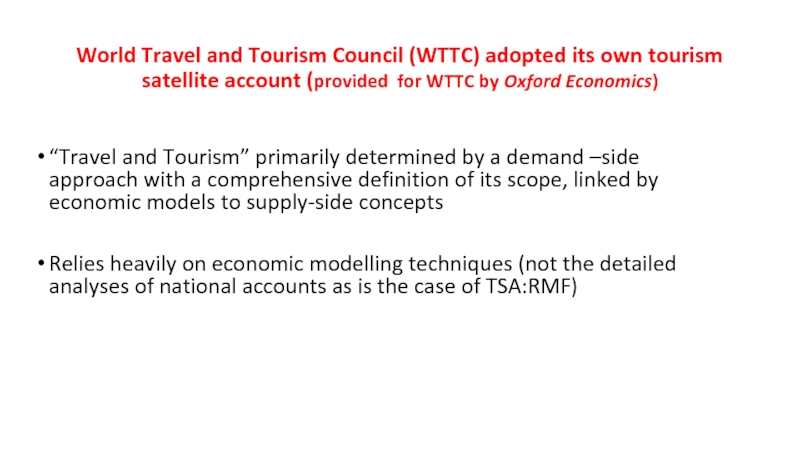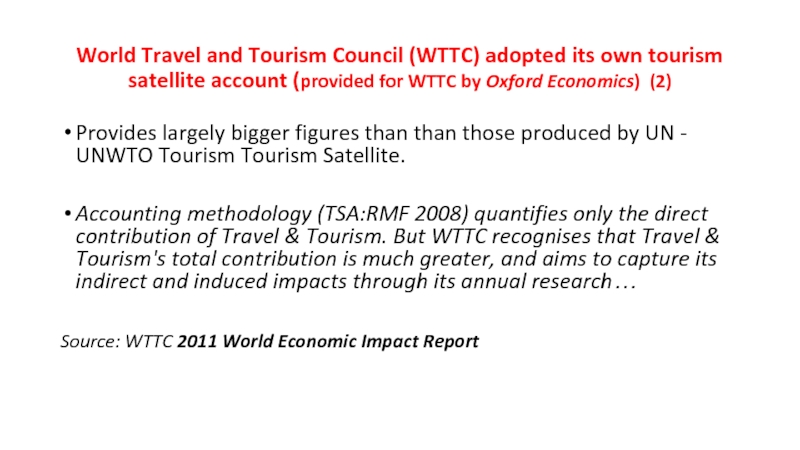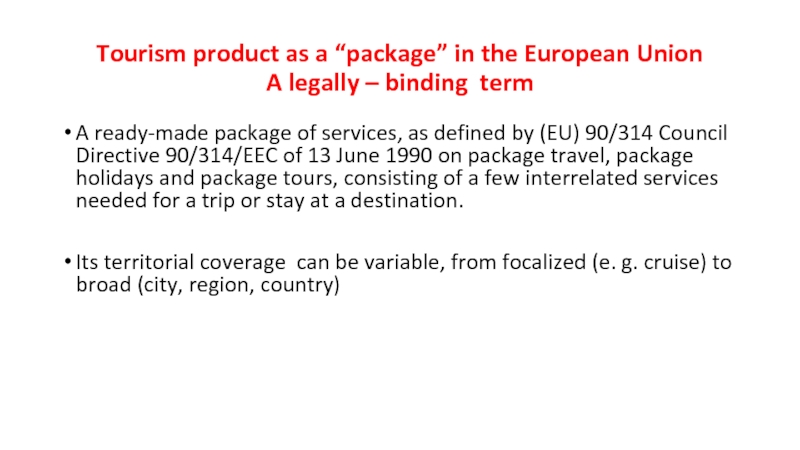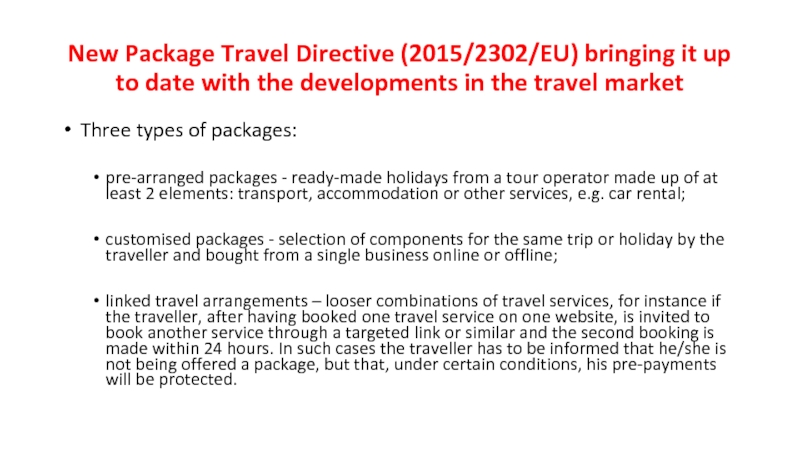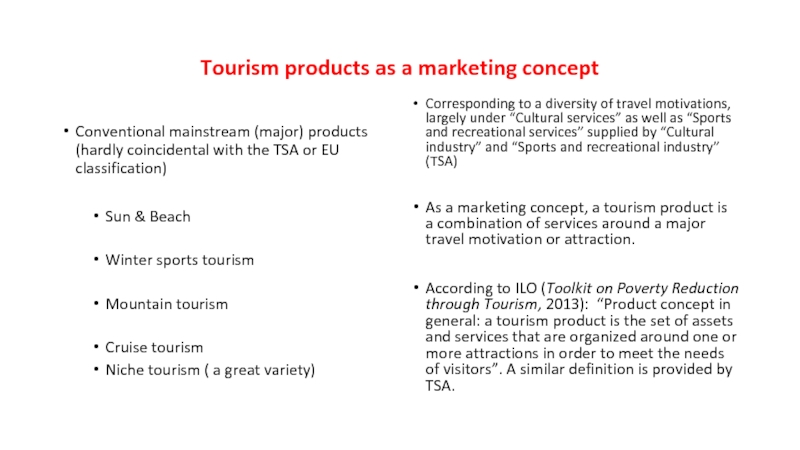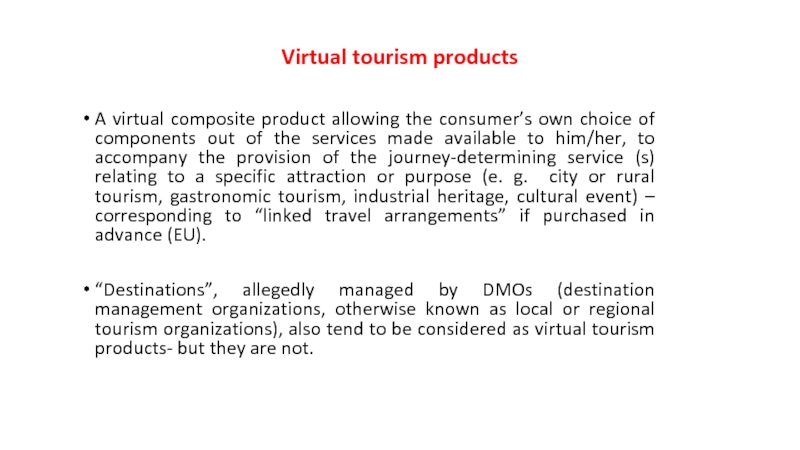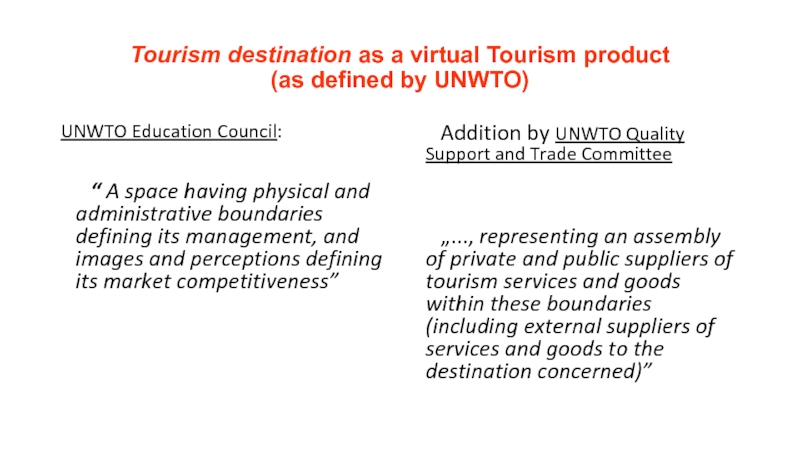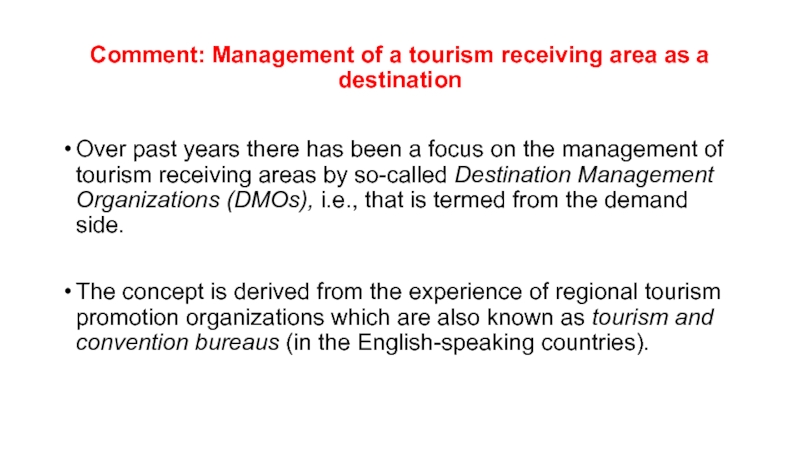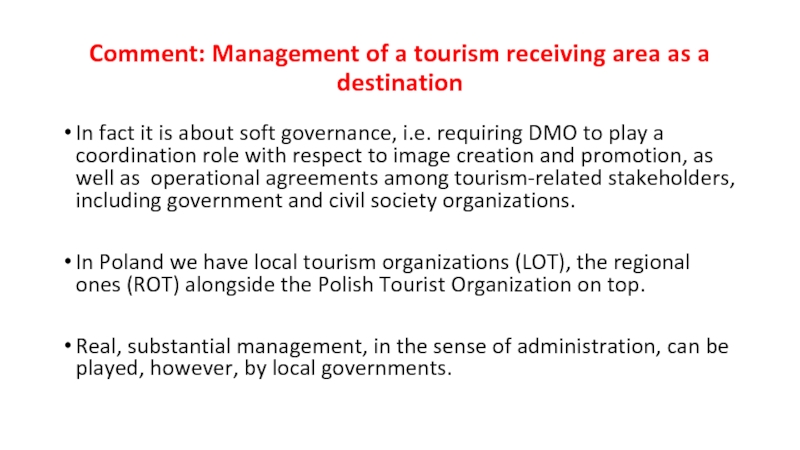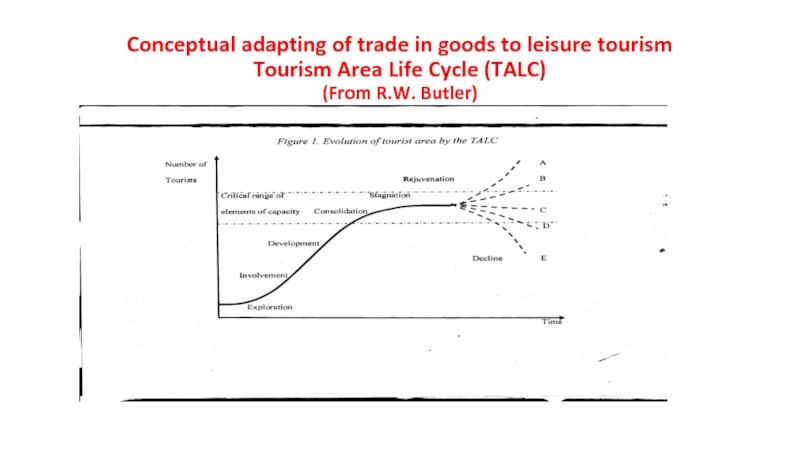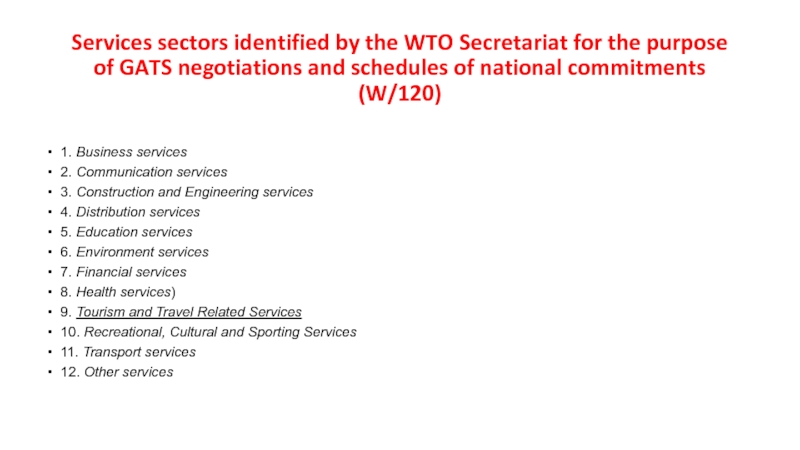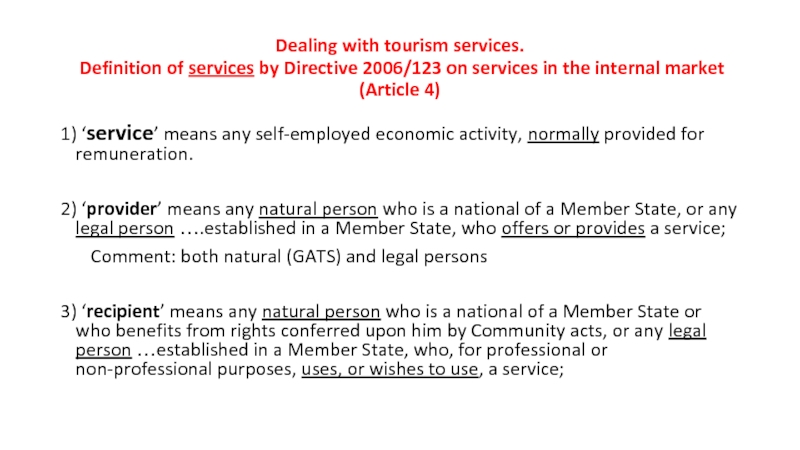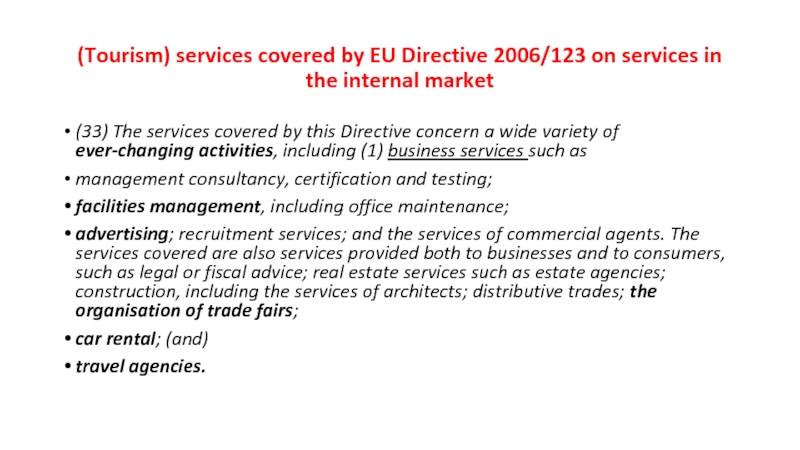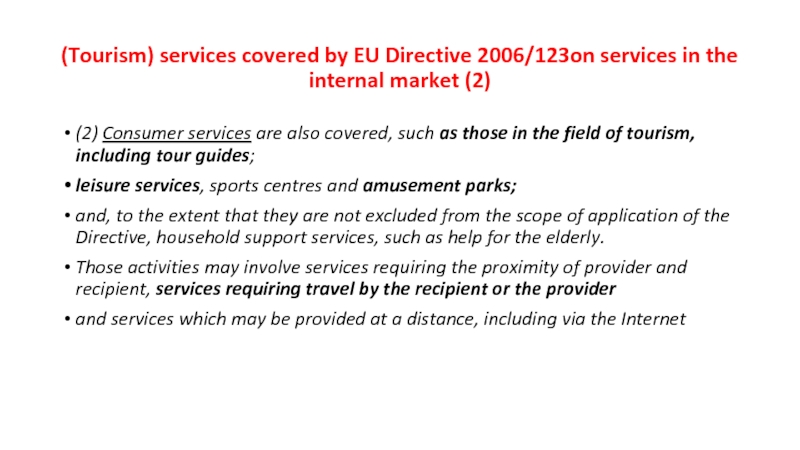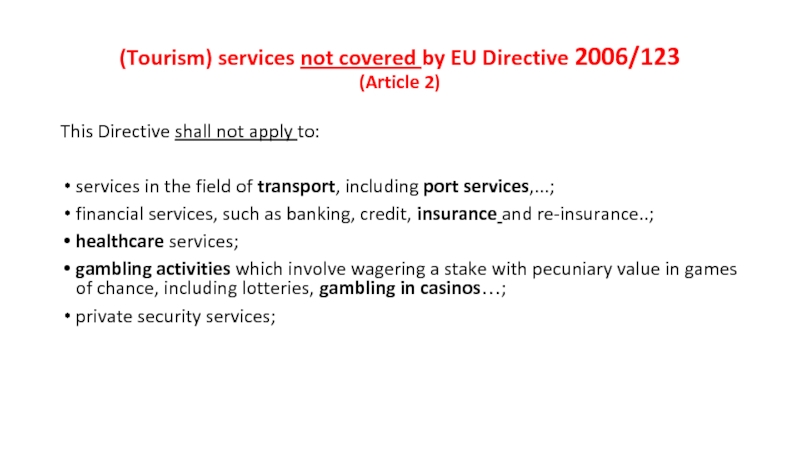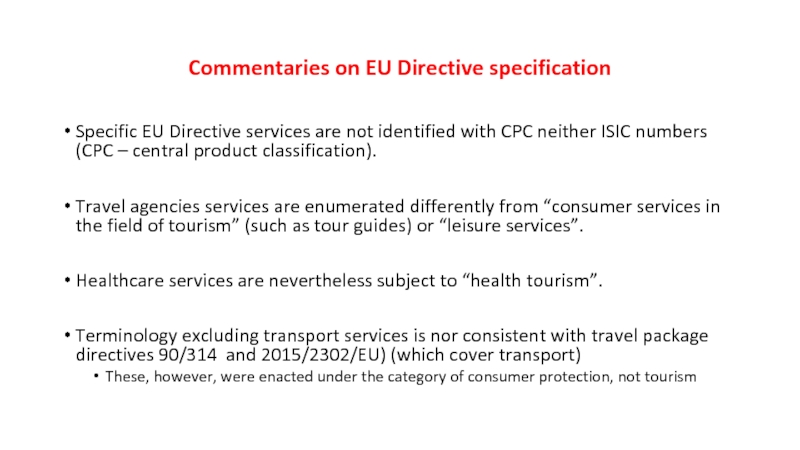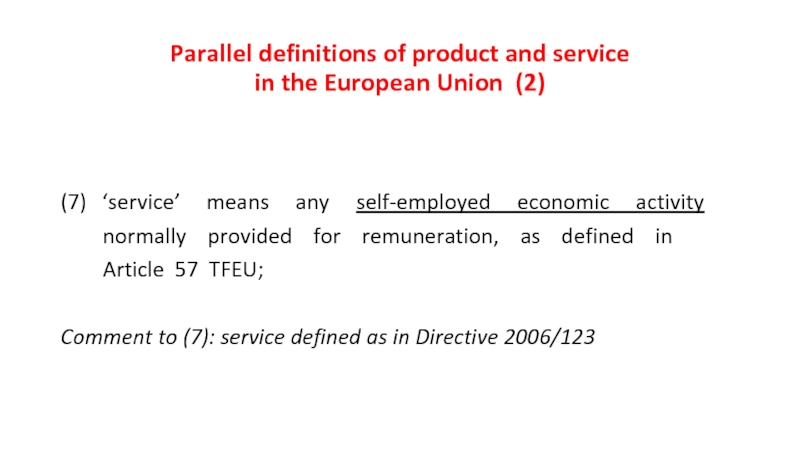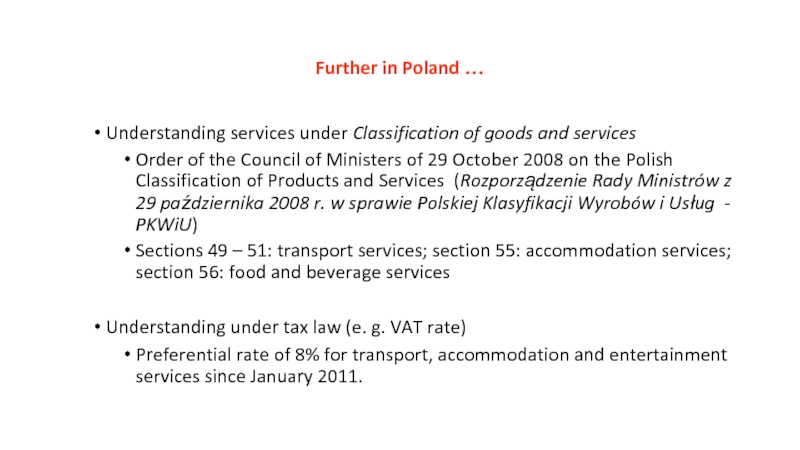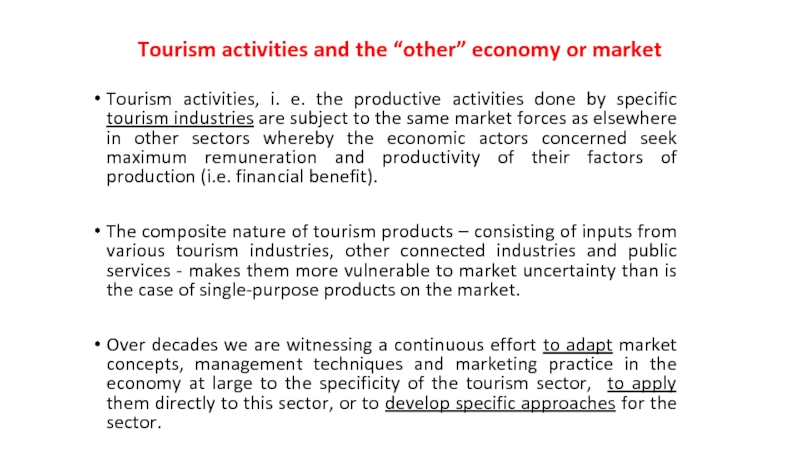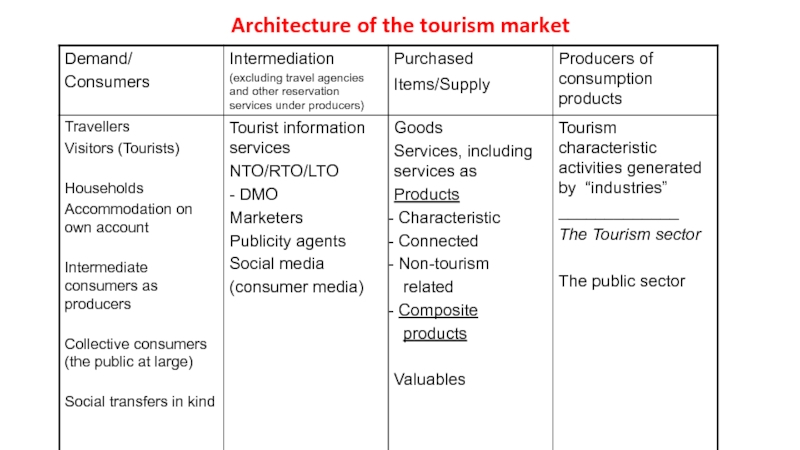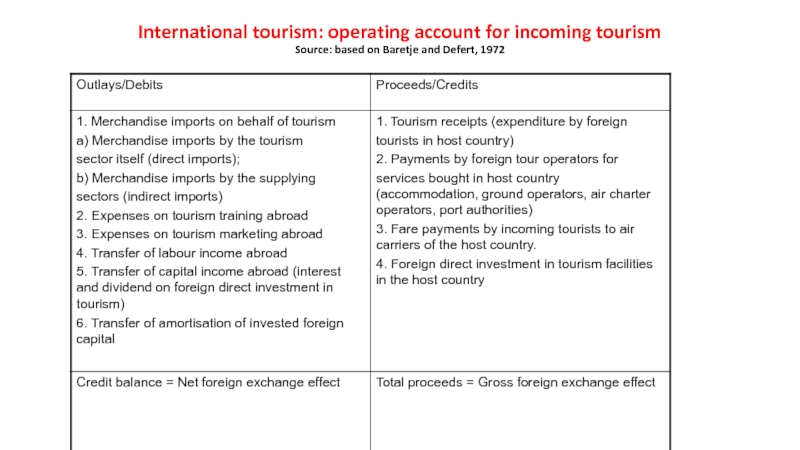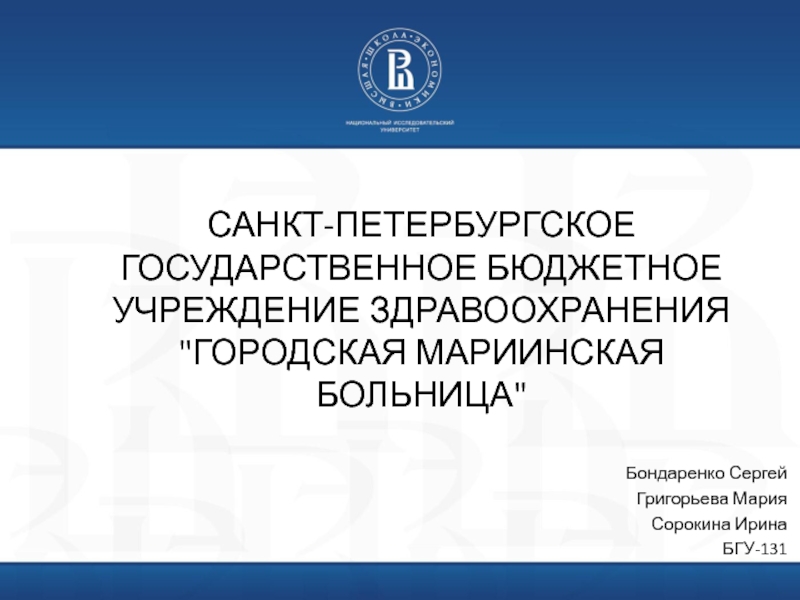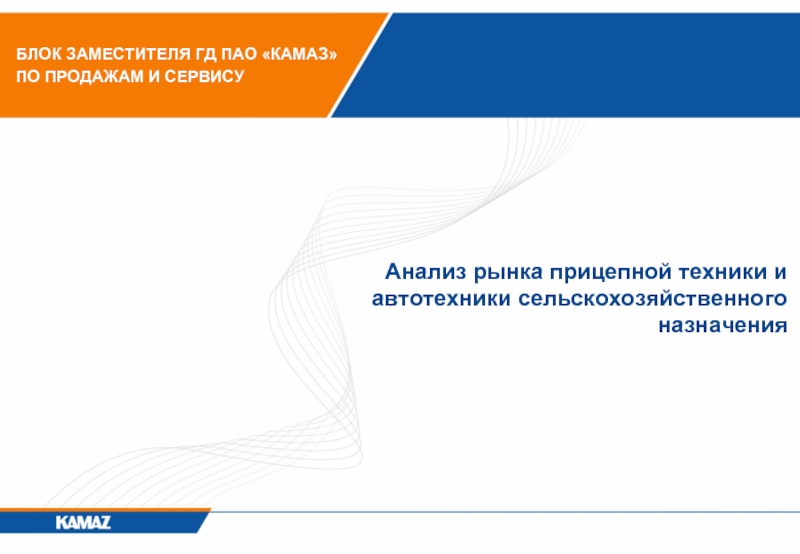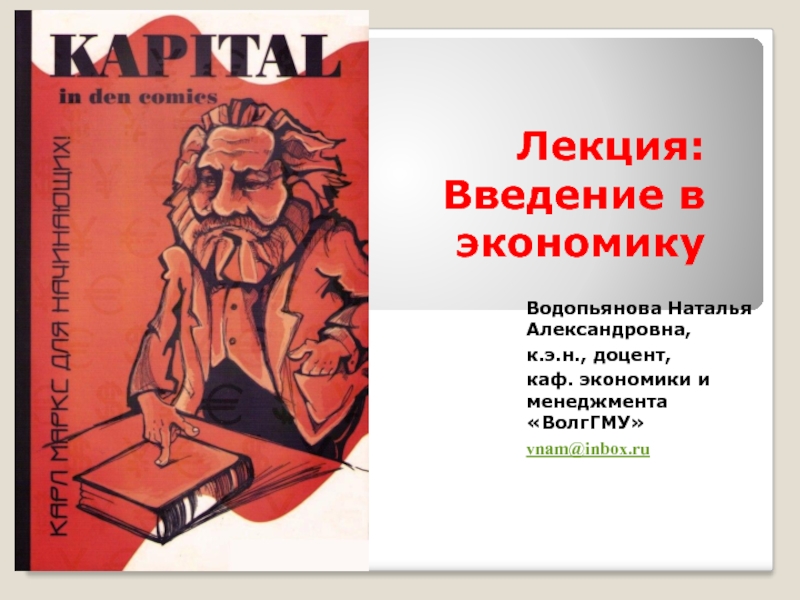Henryk F. Handszuh, M.Ec.Sc.
Fmr. Director, Tourism Market Department, World Tourism Organization (UNWTO)
Member, UNWTO Knowledge Network
- Главная
- Разное
- Дизайн
- Бизнес и предпринимательство
- Аналитика
- Образование
- Развлечения
- Красота и здоровье
- Финансы
- Государство
- Путешествия
- Спорт
- Недвижимость
- Армия
- Графика
- Культурология
- Еда и кулинария
- Лингвистика
- Английский язык
- Астрономия
- Алгебра
- Биология
- География
- Детские презентации
- Информатика
- История
- Литература
- Маркетинг
- Математика
- Медицина
- Менеджмент
- Музыка
- МХК
- Немецкий язык
- ОБЖ
- Обществознание
- Окружающий мир
- Педагогика
- Русский язык
- Технология
- Физика
- Философия
- Химия
- Шаблоны, картинки для презентаций
- Экология
- Экономика
- Юриспруденция
World Tourism Market. Defining and understanding the world tourism market. Supply responding to demand презентация
Содержание
- 1. World Tourism Market. Defining and understanding the world tourism market. Supply responding to demand
- 2. Literature UNWTO, Tourism Satellite Account – Recommended
- 3. Composition of the world tourism market (additional
- 4. The supply side of tourism The supply
- 5. Relationship between concepts International comparability of data
- 6. What is TSA:RMF? (or TSA) Tourism Satellite
- 7. What is TSA:RMF (for)? (2) (2) to
- 8. The supply side defined by TSA
- 9. The supply side defined by TSA (2)
- 10. The supply side defined by TSA (3)
- 11. The supply side by TSA (4) A.2.
- 12. Relevance to ISIC and statistical practice Tourism
- 13. 1. Tourism characteristic products defined by TSA
- 14. Tourism characteristic products defined by TSA 2008
- 15. TSA 2008 tourism characteristic products provided by
- 16. TSA aggregates measured Main aggregates Internal
- 17. Consumption products to be covered by tourism
- 18. Observations to TSA 2008 TSA 2008
- 19. TSA 2000 characteristic tourism products left
- 20. 2008: IMF takes TSA on board Both
- 21. World Travel and Tourism Council (WTTC) adopted
- 22. World Travel and Tourism Council (WTTC) adopted
- 23. Tourism product as a “package” in the
- 24. Tourism product as a “package” in the
- 25. New Package Travel Directive (2015/2302/EU) bringing it
- 26. Tourism products as a marketing concept Conventional
- 27. Virtual tourism products A virtual composite product
- 28. Tourism destination as a virtual Tourism product
- 29. Comment: Management of a tourism receiving area
- 30. Comment: Management of a tourism receiving area
- 31. Conceptual adapting of trade in goods to
- 32. Tourism and travel related services in the
- 33. 1. Business services 2. Communication services 3.
- 34. Tourism and travel related services in the
- 35. Dealing with tourism services. Definition of
- 36. (Tourism) services covered by EU Directive 2006/123
- 37. (Tourism) services covered by EU Directive 2006/123on
- 38. (Tourism) services not covered by EU Directive
- 39. Commentaries on EU Directive specification Specific EU
- 40. Parallel definitions of product and service
- 41. Parallel definitions of product and service
- 42. National practice The term “tourism” services defined
- 43. Further in Poland … Understanding services under
- 44. Tourism activities and the “other” economy or
- 45. Architecture of the tourism market
- 46. International tourism: operating account for incoming
- 47. Defining and understanding the world tourism
Слайд 1 World Tourism Market Winter semester 2017 Group TR-B5SE/1 2. Defining and understanding the world
Слайд 2Literature
UNWTO, Tourism Satellite Account – Recommended Methodological Framework, Internet
Positioning Tourism
General Agreement on Trade in Services, World Trade Organization
Directive 2006/123 (EU) on services in the internal market
REGULATION (EU) No 692/2011 OF THE EUROPEAN PARLIAMENT AND OF THE COUNCIL of 6 July 2011 concerning European statistics on tourism
Слайд 3Composition of the world tourism market
(additional comments to chapter 1)
The world
Demand and supply concern both domestic and international products.
Domestic and international products are inter-connected: domestic products typically include inputs from abroad – exported and imported - which are of varying coverage and create international linkages.
Delivery or distribution of supply to demand is done by means of trade (exchange).
Trade in tourism-related services or products can be either international or domestic, or stand for the combination of both.
Слайд 4The supply side of tourism
The supply side of tourism on the
Activities
Industries
Products
Services
Tourism sector
As a result of a joint effort of international bodies, under the leadership of the United Nations (Statistical Commission), the concepts of activities, industries, products and services, have been developed into a Tourism Satellite Account (TSA) with a view of seeking their international comparability.
Слайд 5Relationship between concepts
International comparability of data is expected from tourism characteristic
A product stands for an outcome of an activity for which a specific industry is responsible.
Tourism activities are also expressed in terms of services (e.g. accommodation services for visitors)
Слайд 6What is TSA:RMF? (or TSA)
Tourism Satellite Account:
Recommended Methodological Framework
A common
(1) „to provide detailed and analytical imformation on all aspects of tourism” (to include):
The composition of tourism consumption
The productive activities most concerned by the activities of visitors (and)
Relationships with other productive activities
Слайд 7What is TSA:RMF (for)? (2)
(2) to measure the quantitative importance of
Main aggregates
Other aggregates
Aggregates are believed “to have an important political impact because they measure the quantitative importance of tourism in the country of reference. This impact cannot be disregarded.” (Positioning tourism…)
Слайд 8The supply side defined by TSA
TSA pursues “credibility in the measurement
“In the traditional sense” industries are classified according to what they produce
while
Tourism has been defined by the demand for products coming from a special type of consumer, the visitor.
Слайд 9The supply side defined by TSA (2)
The tourism sector is the
The SNA 1993 (system of national accounts) defines an industry as “a group of establishments engaged in the same kind of productive activities”
The System of National Accounts, 1993 (SNA93) was produced jointly by the OECD, the United Nations Statistical Division, the International Monetary Fund, the World Bank and the Commission of the European Communities.
The System of National Accounts was updated in 2008.
It was therefore decided that the compilation of integrated tourism statistics be aligned with SNA 2008
Слайд 10The supply side defined by TSA (3)
Out of all goods and
A.1. Tourism characteristic products, including:
Internationally comparable tourism characteristic products, which represent the core products for international comparison of tourism expenditure
Country-specific tourism characteristic products (to be determined by each country)
Products whose supply would cease to exist in meaningful quantity in the absence of visitors
Products that represent a significant share of tourism consumption
Products whose absence might significantly affect tourism consumption
Слайд 11The supply side by TSA (4)
A.2. Other country-specific consumption products (to
Tourism-connected products
Non-tourism related consumption products comprising all other goods and services
B. Non-consumption products
But including valuables and other “non-consumption products” associated with “Tourism gross fixed capital formation and collective consumption”.
Слайд 12Relevance to ISIC and statistical practice
Tourism products can be recognized in
TSA:RMF is not legally binding, it is recommended to be used by national statistical offices. This practice is followed by a number of countries (over 60 reporting to UNWTO), although national practice may vary from country to country resulting in different coverage and scope of the products concerned.
There was a shift in coverage and specificity of the concepts concerned between TSA 2000 and TSA 2008.
Слайд 131. Tourism characteristic products defined by TSA 2000
Accommodation services
Hotels and similar
Second
2. Food and beverage services
3. Passenger transport services
All carrying passengers
Cruise services
Transport supporting (e.g. parking)
Transport equipment
Transport maintenance and repair
4. Travel agency, tour operator and tourist guide services
5. Cultural services
Performing arts facility operation, performing artists
Museum and similar
6. Recreation and other entertainment services
7. Miscellaneous tourism services
7.1. Financial and insurance
services
- Travel insurance
services
7.2. (Other) good rental services
7.3. Other tourism services
Trade fair and exibition services
Fishing, hunting licence
Passport/visa issuing
Other guide than “tourist guide” (mountain, hunting, etc) services
Escort services (97910.0)
Слайд 14Tourism characteristic products defined by TSA 2008
A. Consumption products
A.1. Tourism
(1) Accommodation services for visitors including those associated with all types of vacation home ownership
(2) Food and beverage-serving services
(3), (4), (5), (6) Railway, road, water, air transport services
(7) Transport equipment and rental services
(8)Travel agencies and other reservation services
(9) Cultural services
(10) Sports and recreational services
(11) Country-specific tourism characteristic goods
(12) Country-specific tourism characteristic services
A.2. Tourism connected products
A.3. Non-tourism related consumption products
B. Non-consumption products
B.1. Valuables
B.2. Other non-consumption products
Слайд 15TSA 2008 tourism characteristic products provided by corresponding industries
Accommodation for visitors
1.a.
1.b. Accommodation associated with all types of vacation home ownership
2. Food-and beverage-serving industry
3. Railway passenger transport
4. Road passenger transport
5. Water passenger transport
6. Air passenger transport
7. Transport equipment rental
8. Travel agencies and other reservation services industry
9. Cultural industry
10. Sports and recreational industry
11. Retail trade of country-specific tourism characteristic goods
12. Other country-specific tourism characteristic industries
Слайд 16TSA aggregates measured
Main aggregates
Internal tourism consumption in cash
Internal tourism consumption (in
Value added of the tourism industries
Tourism value added
Tourism GDP
Other aggregates
Tourism employment
Tourism gross fixed capital formation
Tourism collective consumption
Total tourism demand
Слайд 17Consumption products to be covered by tourism expenditure
Countries should quantify separately:
Inbound
Domestic tourism expendiure by products, classes of visitors (personal, business and profesional) and types of trips
Слайд 18Observations to TSA 2008
TSA 2008 appears less specific than TSA 2000
TSA 2008 considers meetings, conferences and conventions as activities “of any business, in any sector of the economy” and that “its characteristic output is not mostly consumed by visitors, but by their conveners”, therefore, “this strong connection with tourism does not imply that the meetings industry qualifies as a tourism industry”. MICE is therefore excluded, although it is constantly under purview of the tourism sector.
The TSA term of tourism product is different from the legal, travel industry and marketing term of a tourism product (or package).
Слайд 19TSA 2000 characteristic tourism products left out or silenced from TSA
Cruise services
MICE
Transport supporting services
Parking
transport equipment
transport maintenance and repair
Tourist guide services
Other guide than “tourist guide” (mountain, hunting, etc)
Trade fair and exibition services
Fishing, hunting licence
Travel insurance services
Слайд 202008: IMF takes TSA on board
Both the United Nations and the
Sources: UN System of National Accounts 2008 (SNA, 2008); IMF’s Balance of Payments and International Investment Position Manual, Sixth Edition (BPM6)
Слайд 21World Travel and Tourism Council (WTTC) adopted its own tourism satellite
“Travel and Tourism” primarily determined by a demand –side approach with a comprehensive definition of its scope, linked by economic models to supply-side concepts
Relies heavily on economic modelling techniques (not the detailed analyses of national accounts as is the case of TSA:RMF)
Слайд 22World Travel and Tourism Council (WTTC) adopted its own tourism satellite
Provides largely bigger figures than than those produced by UN - UNWTO Tourism Tourism Satellite.
Accounting methodology (TSA:RMF 2008) quantifies only the direct contribution of Travel & Tourism. But WTTC recognises that Travel & Tourism's total contribution is much greater, and aims to capture its indirect and induced impacts through its annual research…
Source: WTTC 2011 World Economic Impact Report
Слайд 23Tourism product as a “package” in the European Union A legally
A ready-made package of services, as defined by (EU) 90/314 Council Directive 90/314/EEC of 13 June 1990 on package travel, package holidays and package tours, consisting of a few interrelated services needed for a trip or stay at a destination.
Its territorial coverage can be variable, from focalized (e. g. cruise) to broad (city, region, country)
Слайд 24Tourism product as a “package” in the European Union A legally
1. 'package' means the pre-arranged combination of not fewer than two of the following when sold or offered for sale at an inclusive price and when the service covers a period of more than twenty-four hours or includes overnight accommodation:
(a) transport;
(b) accommodation;
(c) other tourist services not ancillary to transport or accommodation and accounting for a significant proportion of the package.
Слайд 25New Package Travel Directive (2015/2302/EU) bringing it up to date with
Three types of packages:
pre-arranged packages - ready-made holidays from a tour operator made up of at least 2 elements: transport, accommodation or other services, e.g. car rental;
customised packages - selection of components for the same trip or holiday by the traveller and bought from a single business online or offline;
linked travel arrangements – looser combinations of travel services, for instance if the traveller, after having booked one travel service on one website, is invited to book another service through a targeted link or similar and the second booking is made within 24 hours. In such cases the traveller has to be informed that he/she is not being offered a package, but that, under certain conditions, his pre-payments will be protected.
Слайд 26Tourism products as a marketing concept
Conventional mainstream (major) products (hardly coincidental
Sun & Beach
Winter sports tourism
Mountain tourism
Cruise tourism
Niche tourism ( a great variety)
Corresponding to a diversity of travel motivations, largely under “Cultural services” as well as “Sports and recreational services” supplied by “Cultural industry” and “Sports and recreational industry” (TSA)
As a marketing concept, a tourism product is a combination of services around a major travel motivation or attraction.
According to ILO (Toolkit on Poverty Reduction through Tourism, 2013): “Product concept in general: a tourism product is the set of assets and services that are organized around one or more attractions in order to meet the needs of visitors”. A similar definition is provided by TSA.
Слайд 27Virtual tourism products
A virtual composite product allowing the consumer’s own choice
“Destinations”, allegedly managed by DMOs (destination management organizations, otherwise known as local or regional tourism organizations), also tend to be considered as virtual tourism products- but they are not.
Слайд 28Tourism destination as a virtual Tourism product
(as defined by UNWTO)
UNWTO Education
“ A space having physical and administrative boundaries defining its management, and images and perceptions defining its market competitiveness”
Addition by UNWTO Quality Support and Trade Committee
„..., representing an assembly of private and public suppliers of tourism services and goods within these boundaries (including external suppliers of services and goods to the destination concerned)”
Слайд 29Comment: Management of a tourism receiving area as a destination
Over past
The concept is derived from the experience of regional tourism promotion organizations which are also known as tourism and convention bureaus (in the English-speaking countries).
Слайд 30Comment: Management of a tourism receiving area as a destination
In
In Poland we have local tourism organizations (LOT), the regional ones (ROT) alongside the Polish Tourist Organization on top.
Real, substantial management, in the sense of administration, can be played, however, by local governments.
Слайд 31Conceptual adapting of trade in goods to leisure tourism Tourism Area Life
Слайд 32Tourism and travel related services in the General Agreement on Trade
Services are not defined per se, but, as in the case of the EU (Directive 2006/123), they are identified with reference to the agreement application and further enumerated (WTO Secretariat document W/120)
The term “Services”, therefore, “includes any service in any sector except services supplied in the exercise of government authority” (Article 1: Scope and Definition)
Слайд 331. Business services
2. Communication services
3. Construction and Engineering services
4. Distribution services
5.
6. Environment services
7. Financial services
8. Health services)
9. Tourism and Travel Related Services
10. Recreational, Cultural and Sporting Services
11. Transport services
12. Other services
Services sectors identified by the WTO Secretariat for the purpose of GATS negotiations and schedules of national commitments (W/120)
Слайд 34Tourism and travel related services in the General Agreement on Trade
Sector 9
Tourism and travel related services
Hotels and restaurants
Travel agencies and tour operators
Tourist guides services
Other
A number of genuine tourism-related services according to TSA and EU have been left behind and attributed to other sectors (the “other” category is not supposed to refer to them)
Слайд 35Dealing with tourism services. Definition of services by Directive 2006/123 on
1) ‘service’ means any self-employed economic activity, normally provided for remuneration.
2) ‘provider’ means any natural person who is a national of a Member State, or any legal person ….established in a Member State, who offers or provides a service;
Comment: both natural (GATS) and legal persons
3) ‘recipient’ means any natural person who is a national of a Member State or who benefits from rights conferred upon him by Community acts, or any legal person …established in a Member State, who, for professional or non-professional purposes, uses, or wishes to use, a service;
Слайд 36(Tourism) services covered by EU Directive 2006/123 on services in the
(33) The services covered by this Directive concern a wide variety of ever-changing activities, including (1) business services such as
management consultancy, certification and testing;
facilities management, including office maintenance;
advertising; recruitment services; and the services of commercial agents. The services covered are also services provided both to businesses and to consumers, such as legal or fiscal advice; real estate services such as estate agencies; construction, including the services of architects; distributive trades; the organisation of trade fairs;
car rental; (and)
travel agencies.
Слайд 37(Tourism) services covered by EU Directive 2006/123on services in the internal
(2) Consumer services are also covered, such as those in the field of tourism, including tour guides;
leisure services, sports centres and amusement parks;
and, to the extent that they are not excluded from the scope of application of the Directive, household support services, such as help for the elderly.
Those activities may involve services requiring the proximity of provider and recipient, services requiring travel by the recipient or the provider
and services which may be provided at a distance, including via the Internet
Слайд 38(Tourism) services not covered by EU Directive 2006/123
(Article 2)
This Directive shall
services in the field of transport, including port services,...;
financial services, such as banking, credit, insurance and re-insurance..;
healthcare services;
gambling activities which involve wagering a stake with pecuniary value in games of chance, including lotteries, gambling in casinos…;
private security services;
Слайд 39Commentaries on EU Directive specification
Specific EU Directive services are not identified
Travel agencies services are enumerated differently from “consumer services in the field of tourism” (such as tour guides) or “leisure services”.
Healthcare services are nevertheless subject to “health tourism”.
Terminology excluding transport services is nor consistent with travel package directives 90/314 and 2015/2302/EU) (which cover transport)
These, however, were enacted under the category of consumer protection, not tourism
Слайд 40Parallel definitions of product and service
in the European Union
REGULATION
Article 2, Definitions
(6) ‘product’ means any industrially manufactured product and
any agricultural product, including fish products;
Comment to (6): not in the TSA sense where products encompass services
Слайд 41Parallel definitions of product and service
in the European Union (2)
(7)
normally provided for remuneration, as defined in
Article 57 TFEU;
Comment to (7): service defined as in Directive 2006/123
Слайд 42National practice
The term “tourism” services defined by national laws
Legal definition in
Polish law on tourism services of 27 August 1997 revised and amended on 29 April 2010
“Tourism services – guide services, hotel services and all other services provided to tourists or visitors”
Слайд 43Further in Poland …
Understanding services under Classification of goods and services
Order
Sections 49 – 51: transport services; section 55: accommodation services; section 56: food and beverage services
Understanding under tax law (e. g. VAT rate)
Preferential rate of 8% for transport, accommodation and entertainment services since January 2011.
Слайд 44Tourism activities and the “other” economy or market
Tourism activities, i. e.
The composite nature of tourism products – consisting of inputs from various tourism industries, other connected industries and public services - makes them more vulnerable to market uncertainty than is the case of single-purpose products on the market.
Over decades we are witnessing a continuous effort to adapt market concepts, management techniques and marketing practice in the economy at large to the specificity of the tourism sector, to apply them directly to this sector, or to develop specific approaches for the sector.
